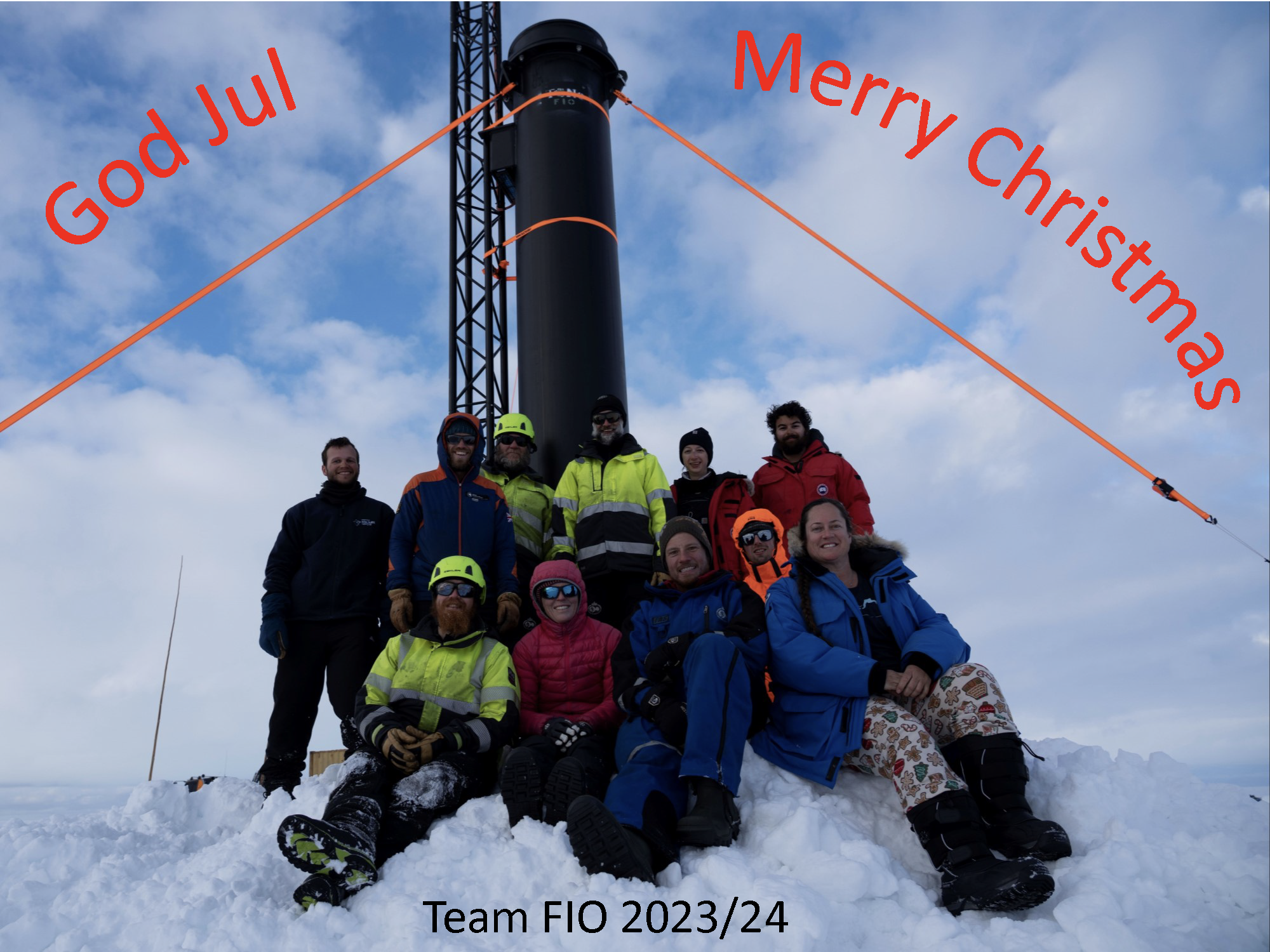A record-breaking year
This year witnessed extreme heatwaves across many regions, leading to catastrophic wildfires and significant changes in ocean temperatures. Global average sea surface temperatures sustained record highs for most of the year, contributing to marine heatwaves that affected nearly half of the global ocean, a stark contrast to the more typical 10 percent. This heatwave also affected the waters around Norway, which researcher Helene Langehaug with NERSC and BCCR explained about in this article.
It wasn’t only global temperatures that saw new records this year. The global CO2 emissions from fossil fuels were projected to increase by 1.1% compared to 2022, reaching the highest level ever, surpassing pre-COVID-19 pandemic levels. The average atmospheric CO2 level was expected to be 419.3 ppm, 51% above pre-industrial revolution levels. Despite reductions in 26 countries, these were not sufficient to counteract the overall increase. The report warned that if current emissions continued, there was a 50% chance of exceeding the CO2 levels corresponding to a 1.5-degree Celsius temperature rise within seven years.
Floodings in eastern Norway
Heatwaves weren’t the only extreme weather we saw last year. In August multiple storms led to massive flooding in eastern Norway. Professor of meteorology Harald Sodemann researched the origin of the water that led to the unusually high among of precipitation. Normally floods and rain in easter Norway are caused by snow melting and local torrential rain, but this time the storm came from the east and was caused by water vapor from the land. You can read more about this here (the article is in Norwegian).
Reaching bedrock in Greenland
2023 was also a year of new scientific discovery and progress. EGRIP is an international effort that began core drilling in 2016, involving 12 nations and an international team of researchers, including over 600 field participants, 40% of whom are young scientists, and in 2023 the team finally reached bedrock.
The movement of Greenland's ice streams, such as the one at EGRIP, is key to understanding future sea-level rise. The ice mass at EGRIP flows at a rate of 58 meters per year over a layer of wet mud, acting like quicksand and allowing uninterrupted movement over the bedrock. Half of Greenland's ice loss, a significant contributor to sea-level rise, comes from these ice streams. As temperatures over Greenland continue to rise, the rate of ice loss is expected to increase. The data from the EGRIP ice core, drilled through the ice stream in Northeast Greenland, will enhance the accuracy of sea-level rise predictions.
Knighthood
The year 2023 marked a notable recognition in the field of climate research, with Professor Emeritus Jan Mangerud from the Institute of Geosciences, University of Bergen, and the Bjerknes Centre for Climate Research being appointed as Knight 1st Class of the Royal Norwegian Order of St. Olav.
Mangerud, a leading figure in geoscience for over 60 years, has made significant contributions to our understanding of Norwegian history and geology, particularly in Quaternary geology. His work included discoveries such as the impact of a tsunami on Norway 8,000 years ago and parts of the Norwegian coast being ice-free with rich flora and fauna during the last Ice Age. His methodology for radiocarbon dating of marine organisms remains a fundamental component in international calculation tables for such dating.
The Climate Ninja
2023 was the year the Climate Ninja took over the world – or at least Bergen, which to many Bergensere is just as good if not better. The project consists of three books written by Petra Langebroek (NORCE and BCCR) and Elin Darelius (UiB and BCCR), and this year hundreds of books was handed out to schools and libraries all over wester Norway.
Bryggens Museum in Bergen embraced the Climate Ninja concept, integrating it into their exhibition about research in Bergen. The exhibition takes visitors through a historical journey, featuring early figures like jurist Audun Hugleiksson, who helped create the first National Law with King Magnus lagabøte, and other historical figures, before moving to the modern era of research and Professor Darelius' office at the Geophysical Institute. The displays are uniquely illustrated with historical tableaux built in Lego by the artist Birgitte Jonsgard.
This exhibition, titled "Smart Bergensere?" ("Smart Bergenians?"), is part of the 150th-anniversary celebration of Armauer Hansen's discovery of the leprosy bacillus at the Bymuseet (City Museum). It offers a creative and engaging way to educate the public about climate research and its historical roots in Bergen, Norway. The exhibition will remain open until March 10, 2024
For her work with Climate Ninja, professor Darelius received the Communication of the Year Award from the Faculty of Mathematics and Natural Sciences at the University of Bergen. Currently both Darelius and the Climate Ninja are on a research mission in Antarctica.


